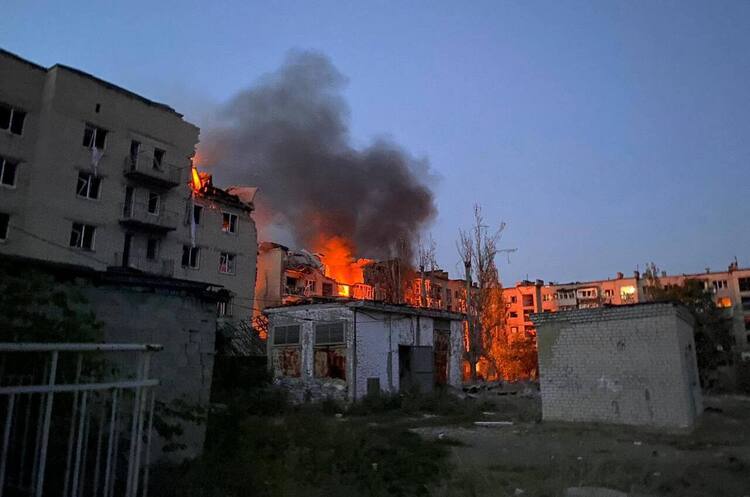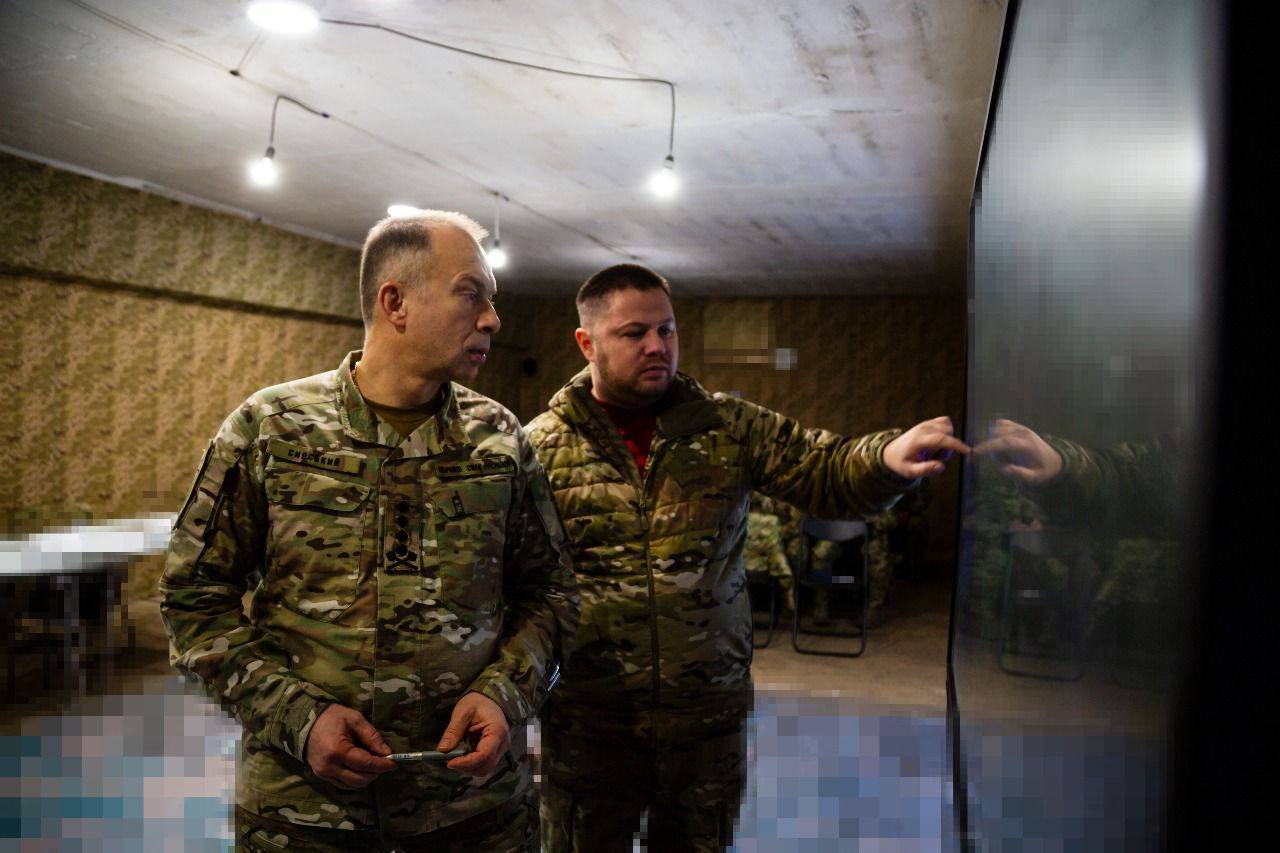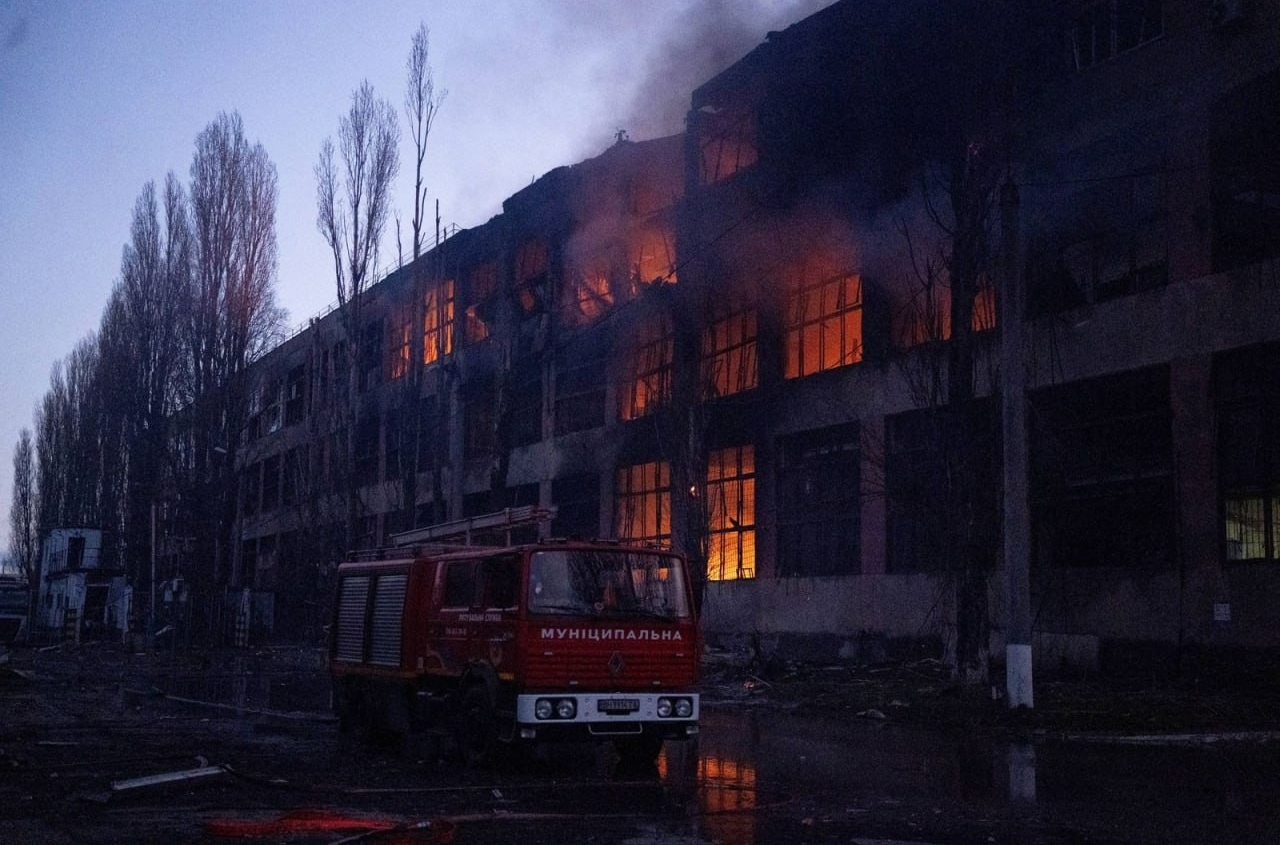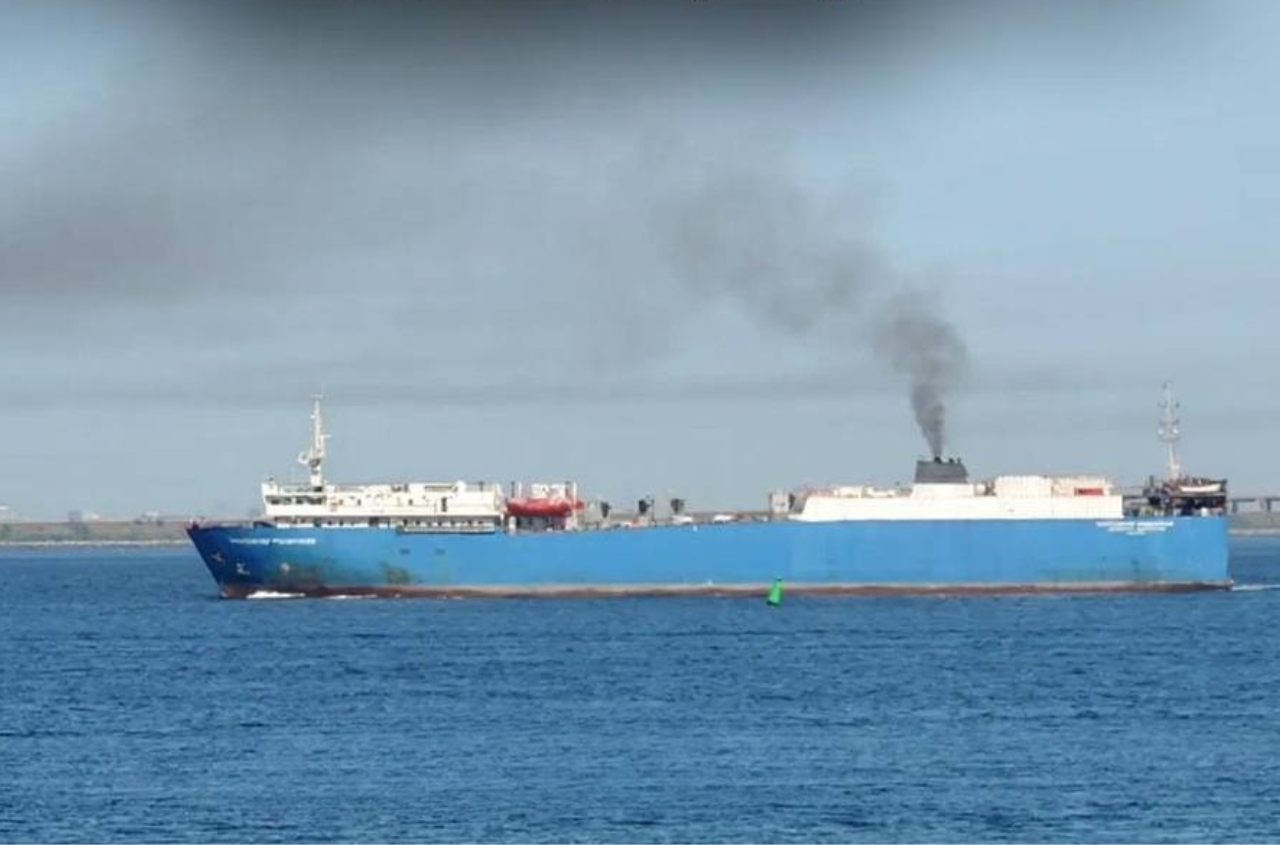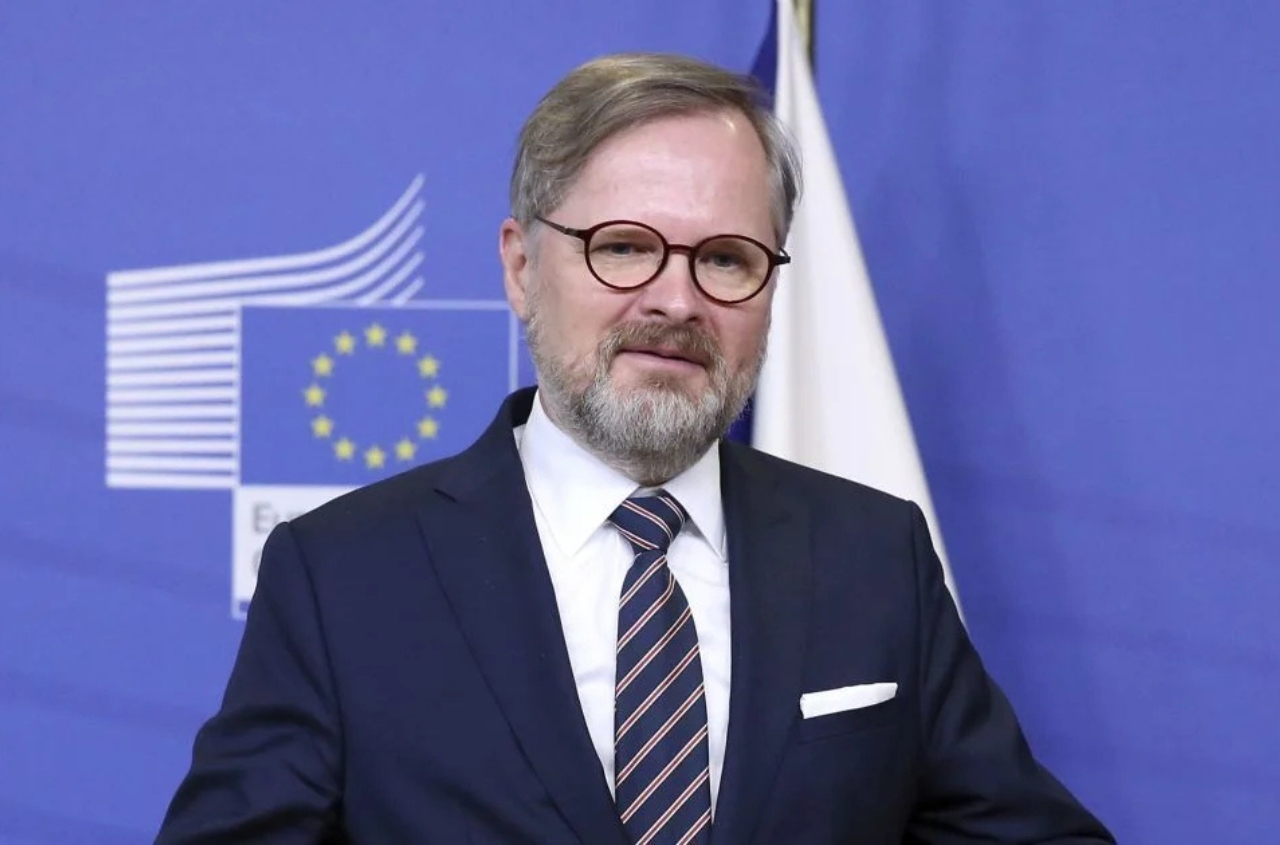By David Gendelman for Radio Liberty
In the Pokrovsk–Myrnohrad agglomeration, the Russians are advancing more slowly than they would like, but they are advancing. Their tactic of infiltrating in small groups allows them to make some progress despite the heavy drone threat. However, small-scale infiltration automatically means that significant forces cannot be quickly amassed, so instead of a large battle in Pokrovsk, there are small skirmishes between pairs and trios here and there. Nevertheless, the Russians are slowly moving forward. If the Armed Forces of Ukraine (AFU) cannot pull large reserves from their “pockets,” there is little that can be done to seriously break the situation—they can only prolong the fighting for some time.
Ukrainian leadership considers abandoning Ukrainian territory unacceptable and therefore continues to adhere to its traditional “not one step back” strategy. AFU units hold positions until the last possible moment, and sometimes even beyond that, exiting through an almost closed corridor rather than withdrawing in advance to prepared positions. As a result, they sustain additional losses. This pattern has repeated multiple times from city to city. This is a political decision, and the army follows government orders.
In Zaporizhzhia region, the thinly spread AFU forces have allowed Russian infiltrations to merge into small streams that sometimes advance several kilometers per day—a pace they have not achieved in Donbas. Around Huliaipole, the Russians are advancing so quickly that a partial encirclement threat is imminent. The AFU problem is the same everywhere: lack of personnel. Forces need to be deployed to Kupiansk, Seversk, Pokrovsk, leaving little for the south, and the Russians keep pushing westward, threatening the entire AFU defensive line facing south.
The widely discussed new peace plan has so far only appeared in leaks to various media outlets; no official statements with concrete conditions or figures have been made. Regarding the proposed reduction of the AFU “by half” or “to 40%,” reports vary, raising the question of what baseline is being considered: current personnel numbers or pre-war levels. If it is from current numbers, the AFU is considered over 800,000; leaving 40% would be 320,000—a gesture of unprecedented generosity, far beyond what Russian leadership has ever agreed to, neither at the first nor second Istanbul talks, where much sharper reductions were demanded. If calculated from pre-war numbers, the remaining force would be 100–150,000, depending on which figures are used—actual or planned on paper. From a purely military perspective, fewer than 250,000 for the AFU would already be a major problem; as a goodwill gesture, 249,000 could work, but below that would be difficult.
For now, we will wait for official statements from official sources. Until then, all of this is just media reports. Once something official emerges, we can grab a big calculator and run the numbers.









